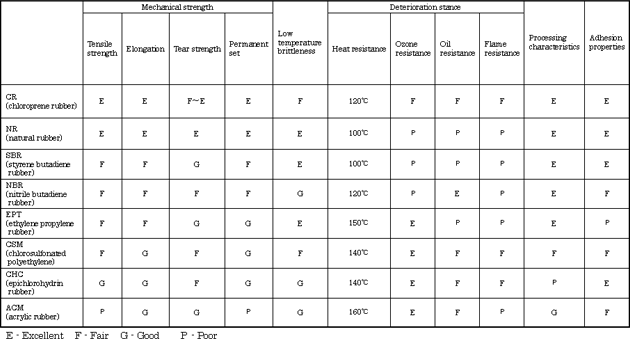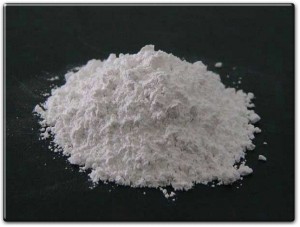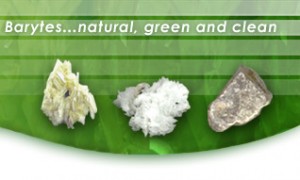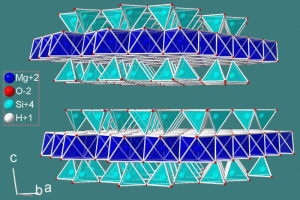There are a near infinite variety of rubber compounds, with variety in mineral fillers, accelerators, curatives (and the type of cure), plasticizers, colour and of course the base rubber polymer. Rubber polymers come in two basic groups, natural and synthetic.
Natural rubber (NR), popularly known as Latex (when in the liquid form) or Natural Gum Rubber (once dried) is obtained mainly from the Hevea Brasiliensis Tree in South East Asia. Natural rubber consists of Cis-1,4-polyisoprene which can have masses as large as 1 million Daltons. Such large atomic structures, with plenty of double bonds, allows sulphur and heat to bond two double bonds of adjacent isoprene polymers with 3 or 4 sulphur atoms. This process is called vulcanisation, which was accidentally discovered by Charles Goodyear in 1839 using. Vulcanisation creates a network of bonds that changes the physical form of the Gum Rubber to the harder, elastic material that revolutionised the late 19th century world.
Initially sought by the Germans in the 1st World War, Synthetic Rubber was developed due to the Royal Navyās Blockade causing a shortage of Natural Rubber. The first attempt at Artificial Rubber, Methyl Rubber, was of poor quality. Later attempts such as the Soviet use of Giant Dandelions to produce latex in WW2 werenāt much more successful. It wasnāt until the US Synthetic Rubber Programme developed Styrene Butadiene early in WW2 that a viable alternative to natural rubber became available, and the doorway to synthetic rubber polymers was opened.
There are now many types of rubber polymer, each tailored to the desired needs of the client. Below is a good rough outline to the characteristics of each rubber polymer, for example Acrylonitrile Butadiene Rubber is often used in oil seals and o-rings due to its excellent oil resistance:
Taken from: http://www.denka.co.jp/eng/organic/product/img/detail_001123_07.gif
We at J. Allcock and Sons are able to granulate NBR, SBR, EPDM, FKM and FFKM on site to any desired crumb mesh size, as long as the rubber is free of any textiles or metals. Crumb can be used as a filler in compounds, reduce the chance of trapped air causing lakeing during moulding or dusted onto rubber sheets to help the separation after cooling. Crumb is a great way to reduce compound cost without increasing the specific gravity of the compound (keeping volume costs down).
If you are interested in disposing of some of your cured rubber compound with us please get in touch via our website or phone us on 0161 223 7181.






